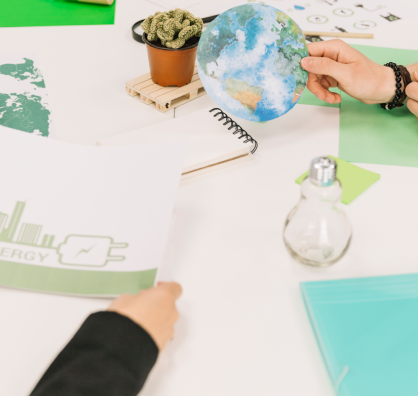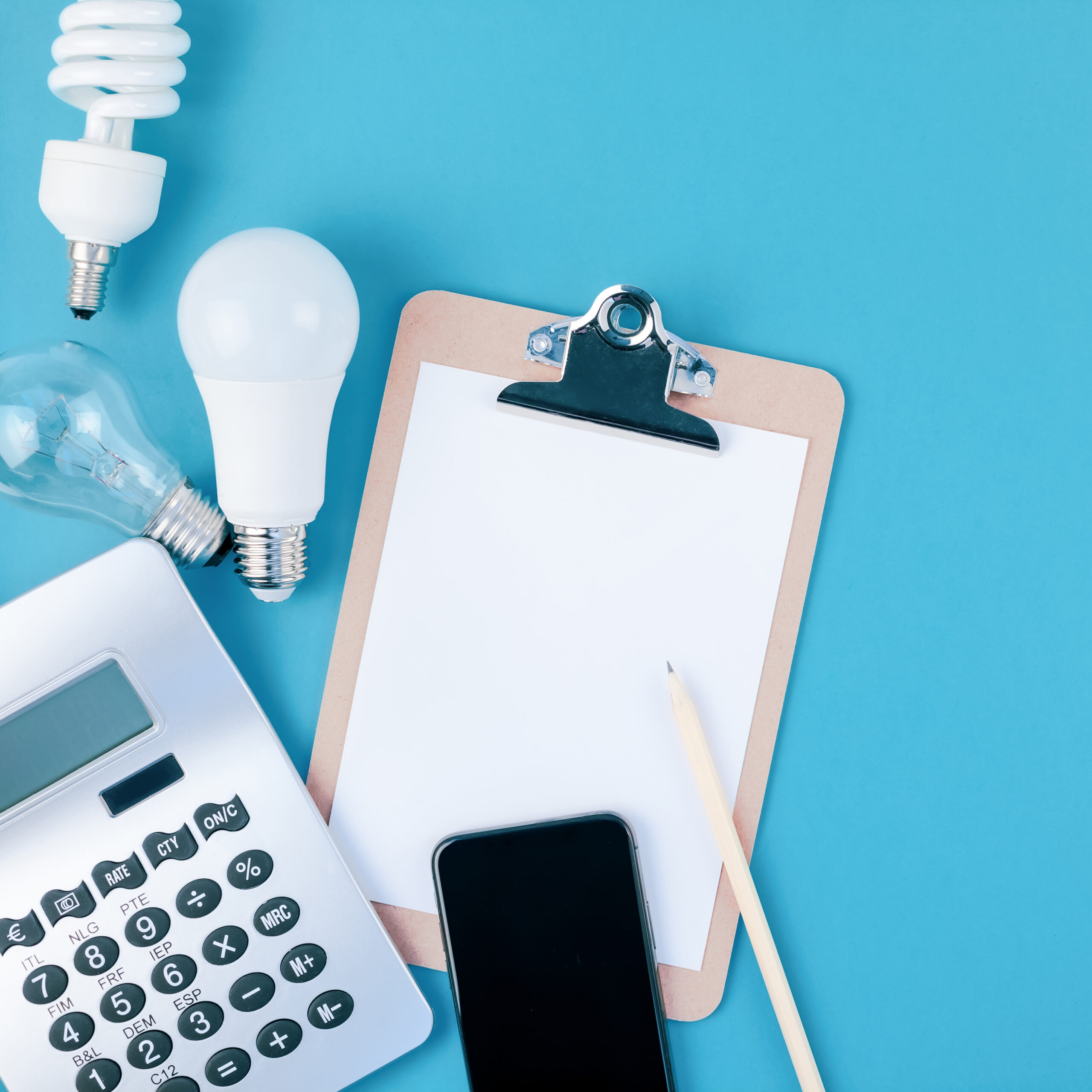[vc_row css=”.vc_custom_1565542682041{margin-right: 0px !important;margin-left: 0px !important;}”][vc_column css=”.vc_custom_1565542696462{padding-right: 0px !important;padding-left: 0px !important;}”][/vc_column][/vc_row][vc_row css=”.vc_custom_1565542751414{margin-right: 0px !important;margin-left: 0px !important;}”][vc_column width=”1/4″][/vc_column][vc_column width=”1/2″ css=”.vc_custom_1565622195563{padding-bottom: 50px !important;}”][vc_column_text el_class=”title-event”][post_title][/vc_column_text][vc_column_text el_class=”author-pers”]By Shahnaz Nur Firdausi, Monika Merdekawati, and Zulfikar Yurnaidi[/vc_column_text][vc_column_text el_class=”date-venue-news”][post_date][/vc_column_text][vc_column_text el_class=”text-par-news”]
Following the Paris Agreement in 2015, Indonesia has committed to reducing greenhouse gas (GHG) emissions by 29 percent under a business-as-usual scenario by 2030 in its Nationally Determined Contribution (NDC). It has also committed to achieving 23 percent of renewable energy (RE) in its primary energy supply by 2025.
A critical part of both efforts is biofuel, with the government targeting production of a 30 percent biodiesel blend (B30) by 2020 through to 2050, and a 20 percent bioethanol blend by 2025, to be increased to 50 percent by 2050. By 2020, however, Indonesia had achieved just 11.5 percent.
–
The original article can be found here.
Pic by @ybenardi – Pixabay.[/vc_column_text][/vc_column][vc_column width=”1/4″][/vc_column][/vc_row]










